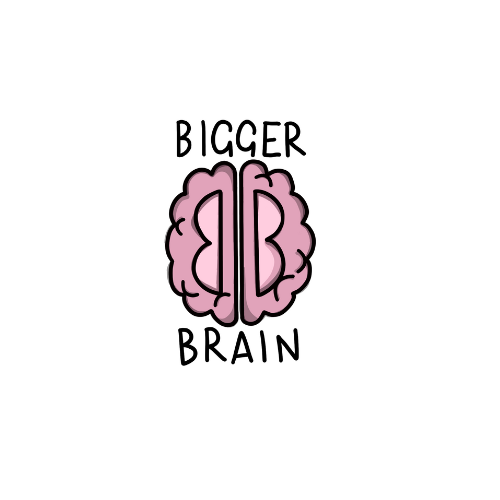The Future Scientists
Remember the days when learning was an adventure, and curiosity was your trusty guide? Well, it's time to pass that torch to the next generation. Kids these days are natural explorers, and what better way to feed their inquisitive minds than with interactive science experiments?
Why Science is Important for Kids at a Young Age
Science isn't just about test tubes and lab coats; it's a journey of discovery. For kids, it's like having a backstage pass to the greatest show on Earth – the universe itself. But why is science so crucial for young minds?
Science ignites kids' curiosity, inspiring them to ask questions and seek answers. It fosters problem-solving abilities, teaching them to form hypotheses, test ideas, and adapt when things don't go as expected, enhancing critical thinking. Science offers hands-on learning through engaging experiments, making education enjoyable and memorable. It also imparts essential knowledge about the environment, including ecosystems, climate change's effects, and the significance of sustainable practices, preparing kids to be responsible Earth stewards.
Eco-Friendly Experiments You Can Do at Home
Now that we've established the importance of science, it's time to dive into the fun part – experiments! And here's the good news: you can do them safely at home with minimal materials needed. Let's create a colorful chemical reaction by making a "Rainbow Volcano!"
Materials Needed:
- Recycled paper scraps
- Water
- Native wildflower seeds (suitable for your region)
- Blender
- Strainer or mesh
- A mixing bowl
Experiment Steps:
- Paper Pulp: Tear the recycled paper into small pieces and soak it in water for a few hours or overnight. Then, blend it into a pulp using a blender.
- Drain and Squeeze: Place the paper pulp into a strainer or mesh and squeeze out excess water. You should be left with a moist, pulp-like consistency.
- Seed Mix: In a mixing bowl, combine the paper pulp with native wildflower seeds. These seeds should support local pollinators and thrive in your area.
- Shape Seed Bombs: Roll the mixture into small balls, similar to meatballs. Each seed bomb should be around the size of a large marble.
- Drying: Allow your eco-friendly seed bombs to air dry for a day or two. Once they're completely dry, they're ready to use.
These seed bombs are not only a fun craft project, but also a sustainable way to contribute to your local ecosystem by planting wildflowers. Toss them into your garden or any area in need of some natural beauty!
Teaching Kids the Importance of Sustainable Practices
Science isn't just about flashy experiments; it's also about understanding our impact on the planet. Here's how you can use science to teach kids about sustainability:
- Energy Conservation: Explore energy conservation through experiments. Build a simple solar oven to cook a snack or construct a wind turbine model. Discuss renewable energy sources and their benefits.
- Engage in conversations about real-world issues such as pollution, deforestation, wildlife conservation, and the importance of sustainable fashion. Develop experiments that replicate these scenarios to illustrate their consequences and stimulate meaningful discussions on environmental responsibility.
- Go on Nature Walks: Science isn't confined to the indoors. Take kids on nature walks and encourage them to observe and document the environment. Identify plants, insects, and birds to spark their interest in ecology.
Incorporating interactive science experiments into your child's learning routine is a fantastic way to foster curiosity, critical thinking, and a passion for discovery. Plus, it's an opportunity to instill in them the importance of sustainable practices from an early age.
So, dust off those baking soda boxes, unleash your inner scientist, and embark on a journey of inspired learning with your kids. Who knows, you might just unearth the next Einstein or Marie Curie right in your living room! Happy experimenting!

